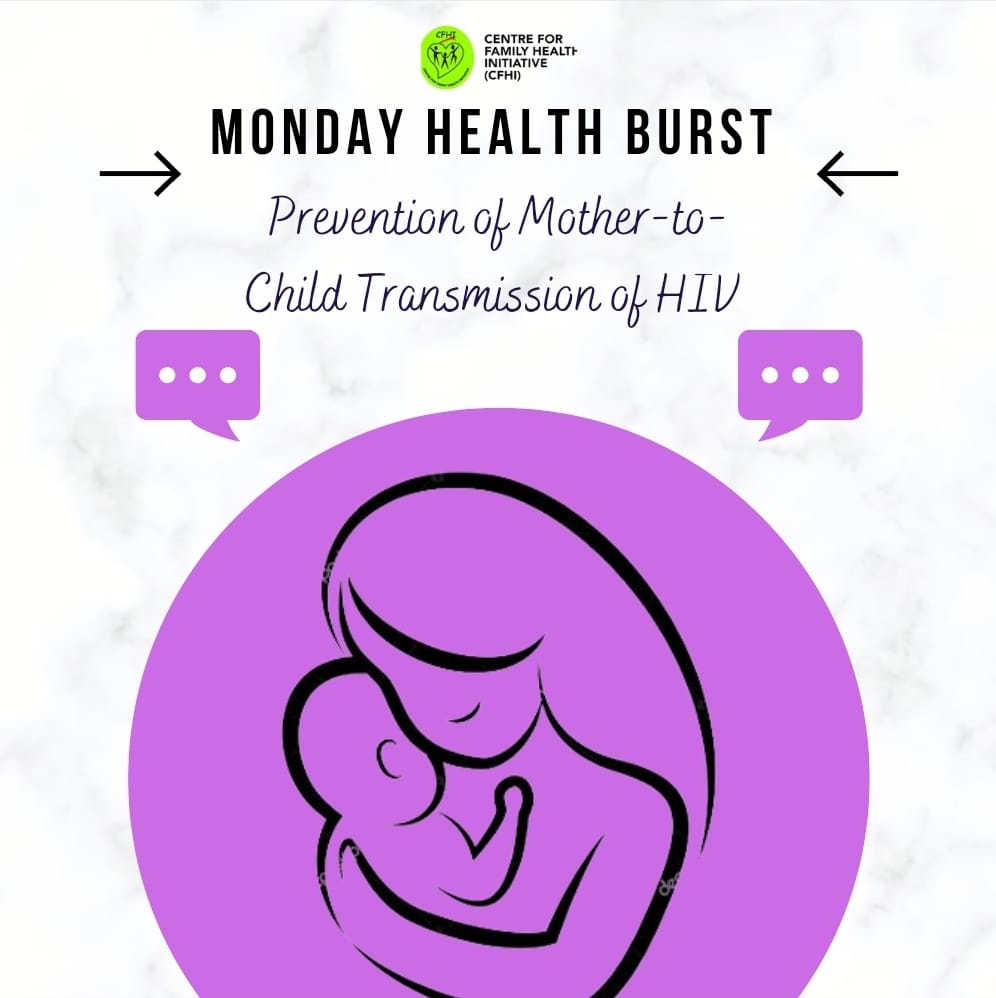Viral Hepatitis – Overview
Hepatitis is an inflammation of the liver caused by a variety of infectious viruses and non-infectious agents leading to a range of health problems which could result in fatality. There are five main strains of the hepatitis virus, referred to as types A, B, C, D and E and they all cause liver disease. However, they differ in significant ways such as modes of transmission, severity of the illness, geographical distribution and prevention methods.
Viral hepatitis B and C leads to chronic disease in hundreds of millions of people and together are the most common cause of liver cirrhosis, liver cancer and viral hepatitis-related deaths.
According to World Health Organization (WHO), about 354 million people worldwide live with hepatitis B or C, and for most, testing and treatment remain beyond reach and in 2019, approximately 290 000 people died from hepatitis C.
Viral Hepatitis types are contacted through ingestion of contaminated food or water, unsafe contact with infected body fluids, receipt of contaminated blood or blood products, Mother-child transmission, sexual contact etc. Symptoms may be mild or severe at the onset of the infection.
Some types of hepatitis are preventable through vaccination while there is currently no effective vaccine against hepatitis C. Hepatitis if not treated with caution at the early stage will progress to cirrhosis and other chronic conditions of the liver.
WHO’s global hepatitis strategy, aims to reduce new hepatitis infections by 90% and deaths by 65% between 2016 and 2030.
#hepatitis #who #liverdiseases #livercirrhosis #mondayhealthburst #cfhi #unfpa #unicef
Viral Hepatitis – Overview Read More »


